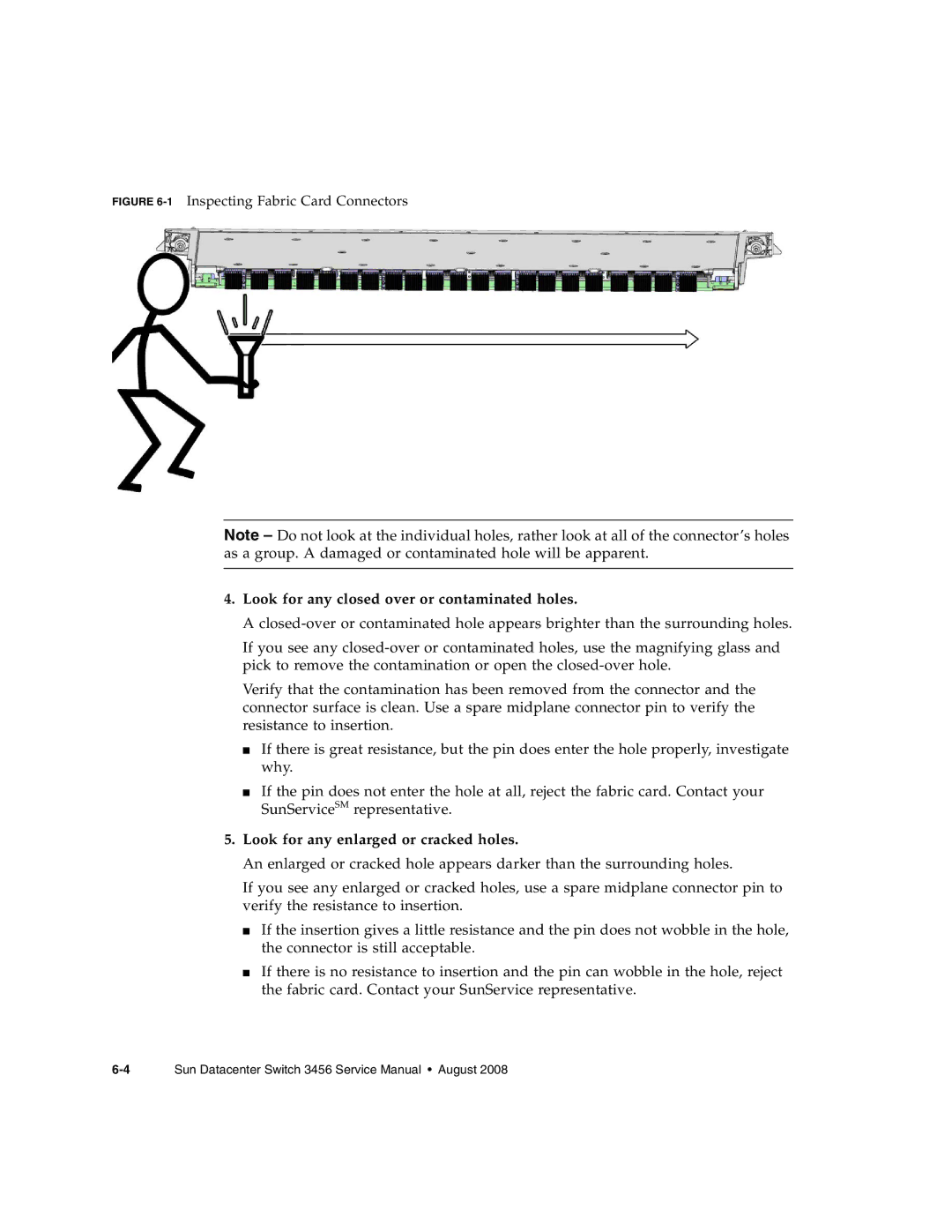
FIGURE 6-1 Inspecting Fabric Card Connectors
Note – Do not look at the individual holes, rather look at all of the connector’s holes as a group. A damaged or contaminated hole will be apparent.
4.Look for any closed over or contaminated holes.
A
If you see any
Verify that the contamination has been removed from the connector and the connector surface is clean. Use a spare midplane connector pin to verify the resistance to insertion.
■If there is great resistance, but the pin does enter the hole properly, investigate why.
■If the pin does not enter the hole at all, reject the fabric card. Contact your SunServiceSM representative.
5.Look for any enlarged or cracked holes.
An enlarged or cracked hole appears darker than the surrounding holes.
If you see any enlarged or cracked holes, use a spare midplane connector pin to verify the resistance to insertion.
■If the insertion gives a little resistance and the pin does not wobble in the hole, the connector is still acceptable.
■If there is no resistance to insertion and the pin can wobble in the hole, reject the fabric card. Contact your SunService representative.
